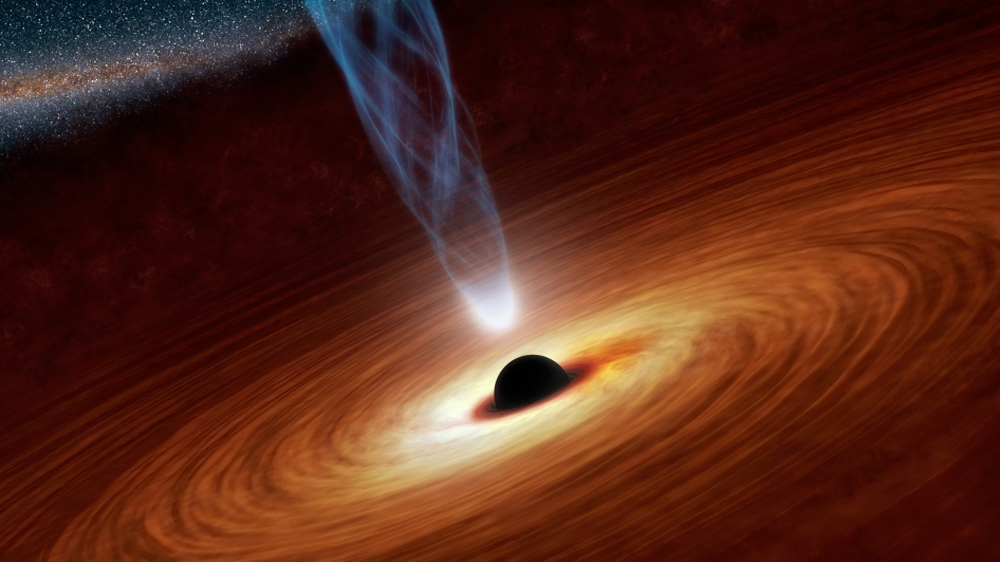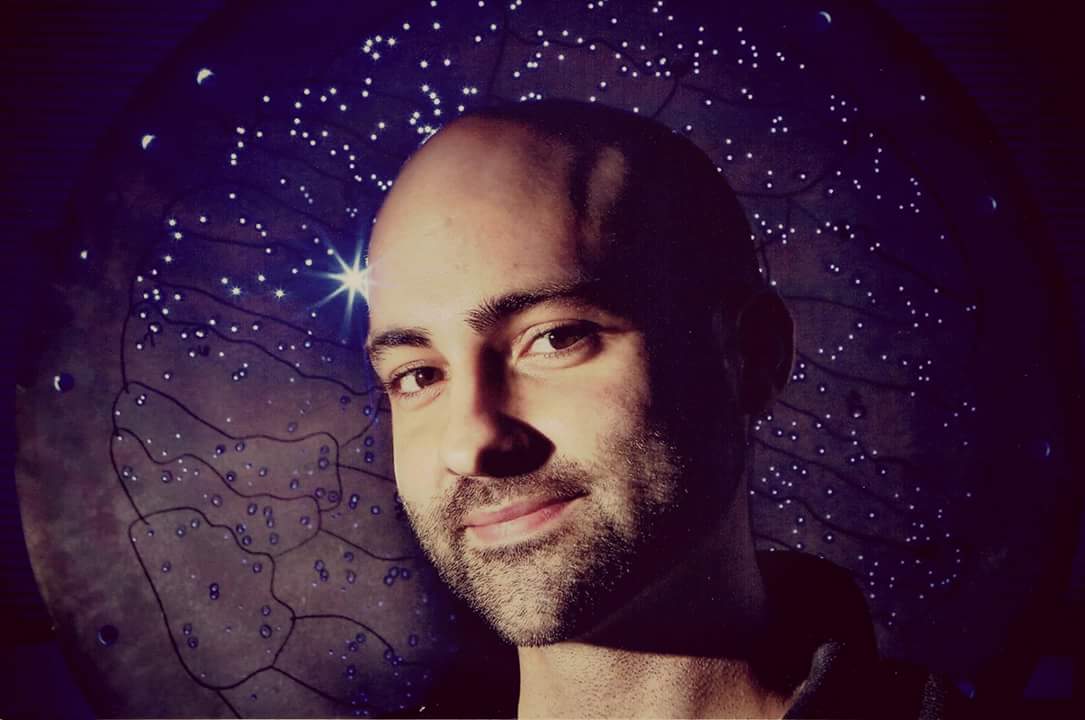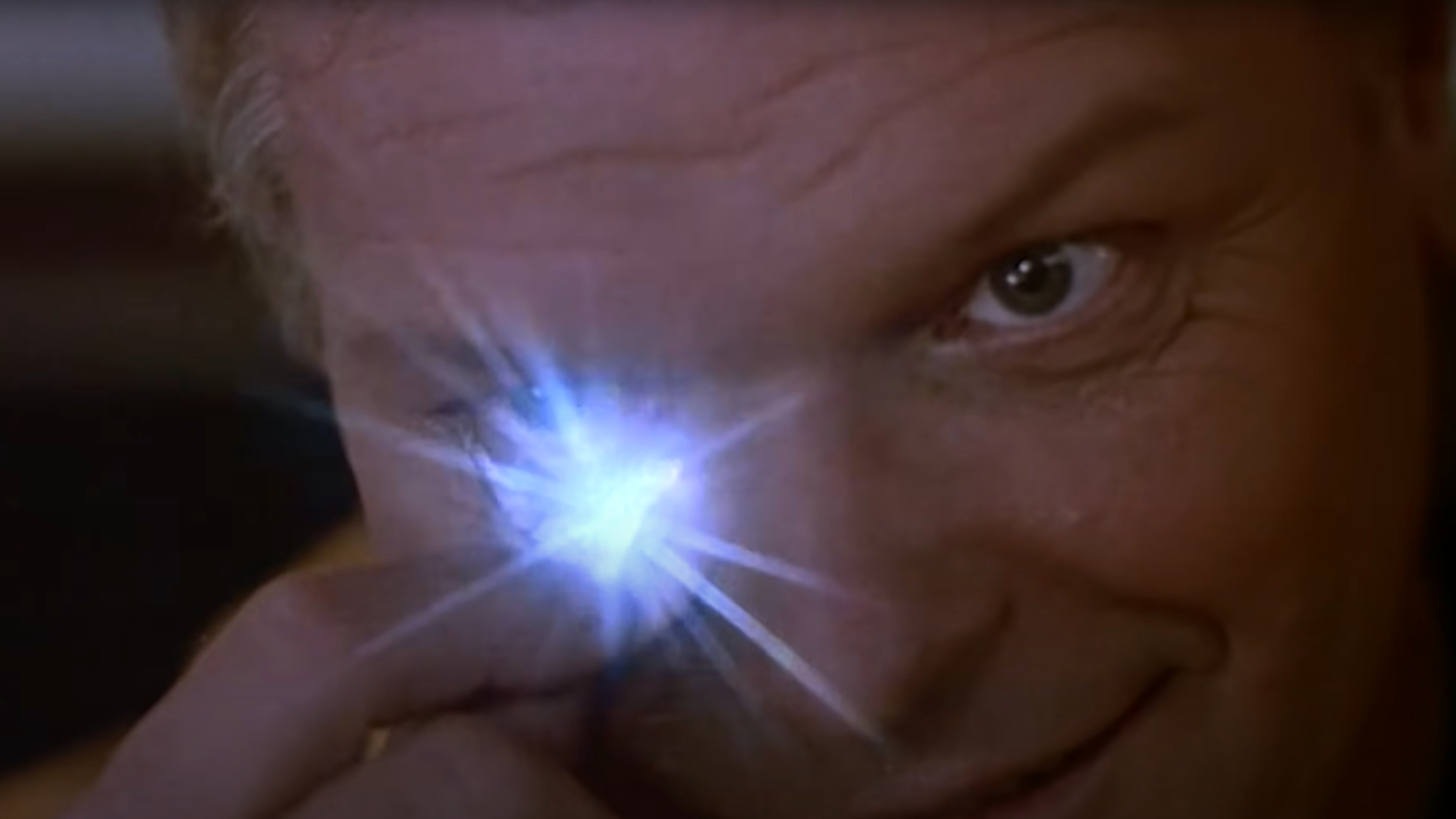Ultralight dark matter may have helped monstrous black holes form in the early universe
It could explain how these giant black holes formed before even the first stars.

Dark matter may have contributed to the formation of giant black holes in the early universe, researchers propose in a new paper.
More observations, especially with the James Webb Space Telescope, are revealing truly gigantic black holes that appeared in the relatively young universe. Just a few hundred million years after the Big Bang, it would appear our cosmos was already home to black holes billions of times more massive than the sun.
The only known way to create black holes is through the deaths of massive stars, but that process yields black holes with a few dozen solar masses. The problem with the early appearance of the giant black holes is that there simply wasn't enough time for the first stars to appear, die, and then have those small black holes consume enough material to reach supermassive status.
So perhaps the early universe had some other way of fashioning large black holes, kick-starting the process. The easiest way to do that is to take large clouds of hydrogen and helium and have them collapse on themselves, skipping the formation of stars altogether and going straight to black hole formation.
But collapsing clouds of gas tend to form molecular hydrogen, which is very efficient at cooling the gas. Instead of leading to collapse, this causes the cloud to fragment into many smaller bits, producing a cluster of newborn stars and averting direct collapse into a black hole. One way to avoid the formation of molecular hydrogen is to blast it with high-energy ultraviolet (UV) radiation, which was in short supply in the early universe, because stars hadn't formed yet.
In a new paper uploaded to the preprint database arXiv in March, Hao Jiao of McGill University in Quebec and colleagues propose an unorthodox solution: dark matter.
Some models of dark matter predict that it's extremely light, even billions of times lighter than the neutrino, the lightest known particle. If dark matter is superlight, then at galactic scales, it acts more like a quantum ocean than a beehive of discrete particles.
Breaking space news, the latest updates on rocket launches, skywatching events and more!
These oceans of dark matter that contain every galaxy can support waves, just like water oceans do, which would correspond to regions of higher dark matter density.
Intriguingly, ultralight dark matter might be able to turn into photons (light) — and it's through this process that the research team hopes to eradicate molecular hydrogen and allow gas clouds to collapse into giant black holes.
In the early universe, galaxies as we know them hadn't formed yet. Instead, they were just blobs of hydrogen and helium embedded in a sea of dark matter. But because the dark matter ocean could support waves, high-density pockets could appear. The team found that there was a feedback mechanism between the waves of dark matter and the gas clouds, leading to a phenomenon known as a resonance — the waves just kept amplifying themselves to higher and higher energies.
Once the resonance ramped up, the regions of high dark matter density would convert into photons, creating a course of light in the universe before the appearance of the first stars.
But there's one problem: Those photons were way too low-energy to break apart molecular hydrogen.
So the researchers realized that to make this process work, there had to be another step that would amplify the energies of the photons. One way is called thermalization. In this process, the low-energy photons heat up the surrounding gas. At higher temperatures, the gas itself gives off radiation of all sorts of energies, including the UV energies needed to break apart molecular hydrogen.
Another possibility is that turbulence within the gas clouds played a role. Turbulence can amplify small-scale disturbances into large-scale ones, and it also allows a pathway for low-energy radiation to ramp up to high-energy radiation.
Astronomers and physicists have long sought ultralight dark matter, but they have yet to find any direct evidence for it. This places stringent constraints on how massive those particles can be and on how efficiently dark matter can convert into photons.
Amazingly, even though the work is only in its earliest stages, the team got everything to work in their models. If they filled the early universe with ultralight dark matter while respecting the mass and efficiency limits, they could produce enough UV radiation to keep the gas clouds warm and prevent them from fragmenting. This allowed the clouds to collapse directly into the seeds of the biggest black holes.
The work is still preliminary, and it has not undergone peer review yet. An important next step will be to see how well the idea holds up in more realistic simulations of the early universe. Of note, other researchers have proposed dark matter as part of black hole growth in the infant cosmos as well, so we may soon be seeing further conversation on the topic.
Who knew dark matter could be so useful?
Join our Space Forums to keep talking space on the latest missions, night sky and more! And if you have a news tip, correction or comment, let us know at: community@space.com.

Paul M. Sutter is a cosmologist at Johns Hopkins University, host of Ask a Spaceman, and author of How to Die in Space.
You must confirm your public display name before commenting
Please logout and then login again, you will then be prompted to enter your display name.
